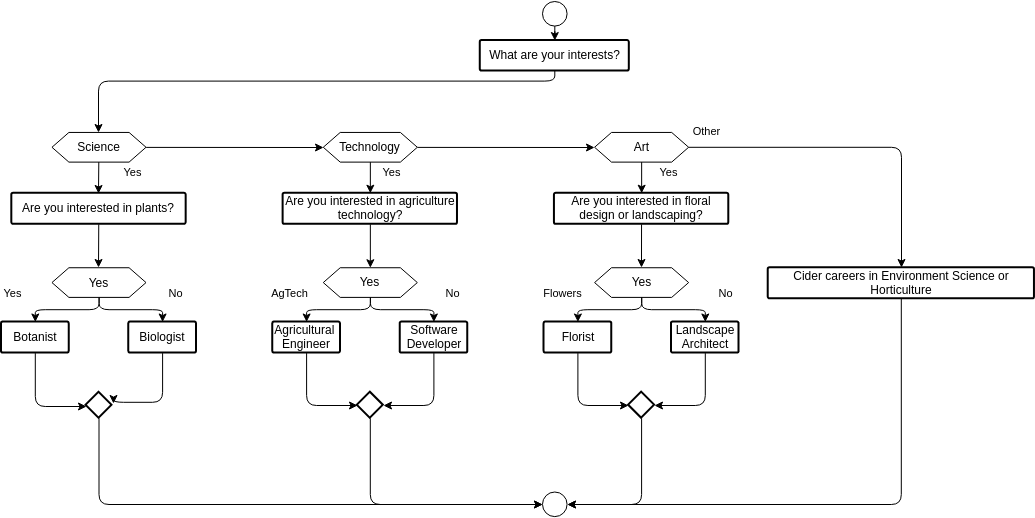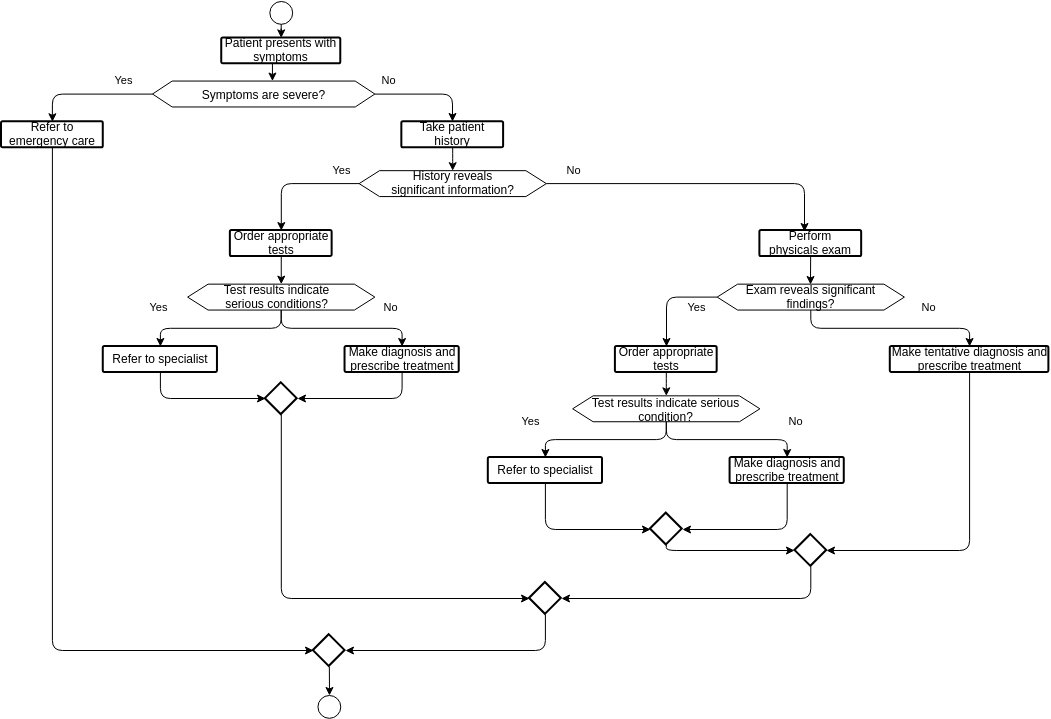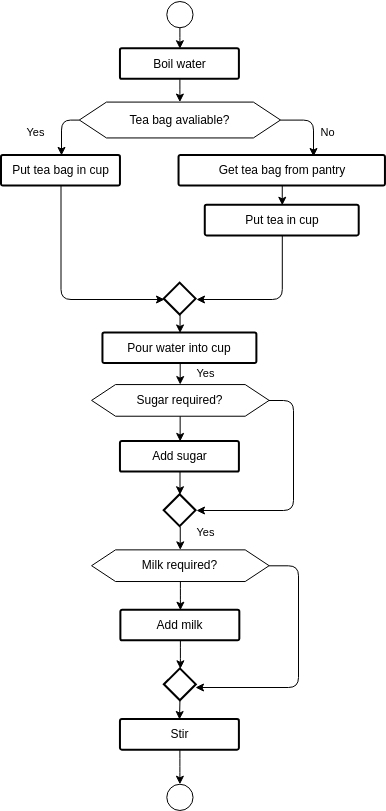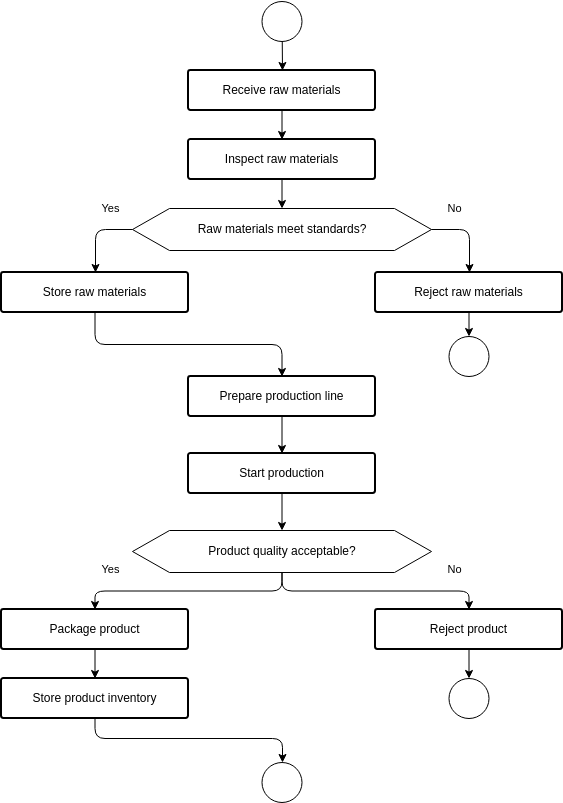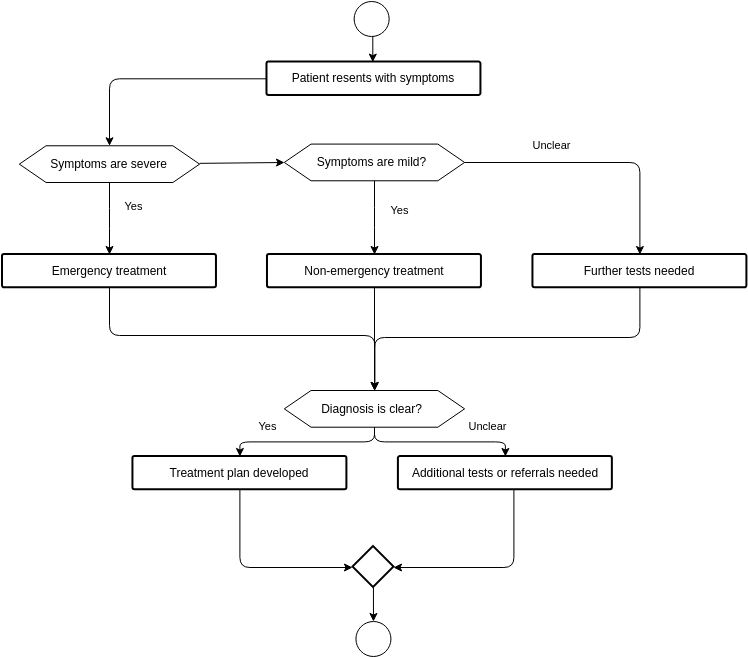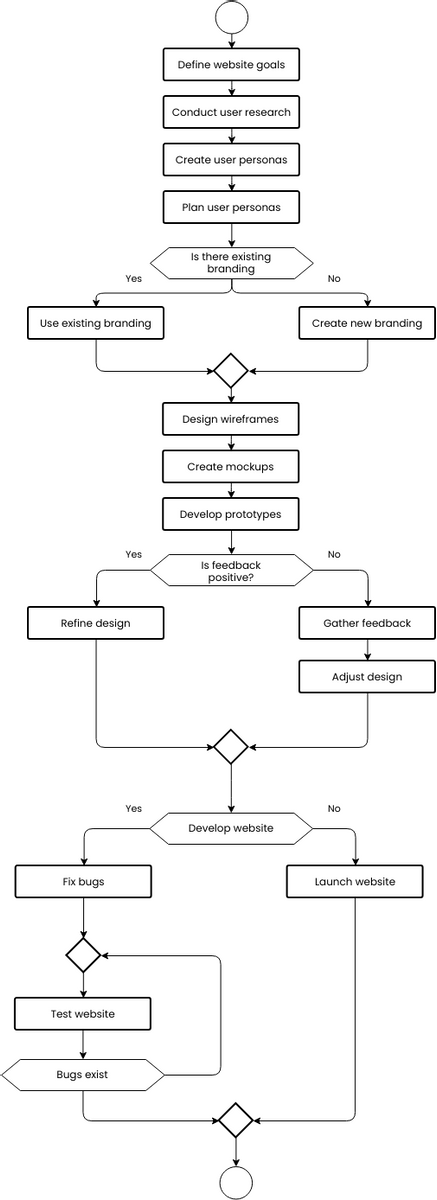A sales process flowchart is a visual representation of the steps involved in selling products or services to customers. This flowchart outlines the steps involved in identifying potential customers, collecting customer information, determining customer needs, providing products, offering products, and thanking customers.
The first step in the sales process flowchart is to identify potential customers. This involves researching and identifying individuals or organizations that may be interested in purchasing the products or services being offered. Once potential customers have been identified, the next step is to collect customer information, such as contact information and any relevant details about their needs.
The next step in the flowchart is to determine customer needs. This involves understanding the customer's requirements and identifying how the products or services being offered can meet those needs. Once the customer's needs have been determined, the next step is to provide the product to the customer.
Providing the product involves demonstrating the product or providing relevant information about the service being offered. The next step is to offer the product to the customer, presenting the benefits and features of the product or service in a compelling way. Finally, the last step in the sales process flowchart is to thank the customer for their business and express gratitude for their interest in the product or service.
Overall, a sales process flowchart is an essential tool for selling products or services to customers. By following each step in the flowchart, organizations can ensure that potential customers are identified, their needs are understood, relevant information is provided, and the product or service is offered in a compelling way. This can help to improve customer satisfaction, build trust and loyalty with customers, and enhance the overall reputation of the organization.
Benefits of creating sales process flowchart
Organizations can benefit greatly from creating a sales process flowchart, as it provides a visual representation of the steps involved in managing sales. This can help to improve efficiency, reduce errors, enhance communication, and overall performance. Having a standardized process for managing sales can ensure that they are consistently and efficiently managed, reducing the risk of errors or inefficiencies. Additionally, having a visual representation of the process can improve communication among team members and reduce the risk of errors or miscommunications.
Another major benefit of creating a sales process flowchart is that it can improve customer satisfaction. By providing a clear and concise process for managing sales, organizations can ensure that customers receive timely and effective support, ultimately enhancing overall customer satisfaction. This can help to build trust and loyalty with customers, which is essential for the success of any organization.
Moreover, a sales process flowchart can help organizations to identify potential bottlenecks or inefficiencies in the sales process, allowing them to make changes to improve overall performance. This can help to save time and resources, ultimately contributing to the success of the organization. By streamlining the sales process, organizations can improve their ability to respond to customer needs, and in turn, increase their revenue and profitability.
In summary, a sales process flowchart is a valuable tool for organizations that want to manage their sales process more efficiently. It can improve communication, reduce errors, and enhance overall customer satisfaction. By identifying potential bottlenecks or inefficiencies in the sales process, organizations can make improvements that will save time and resources and ultimately contribute to their success.
Searching for some flowchart templates? Go to Visual Paradigm Online and select some designs for customization now!

